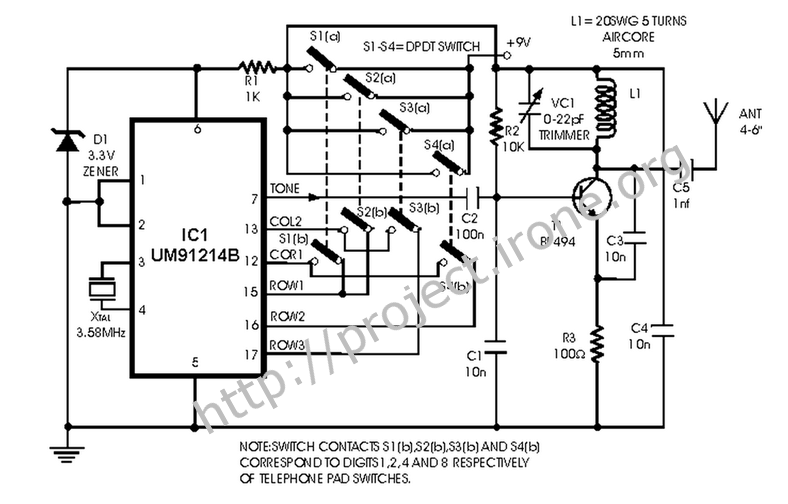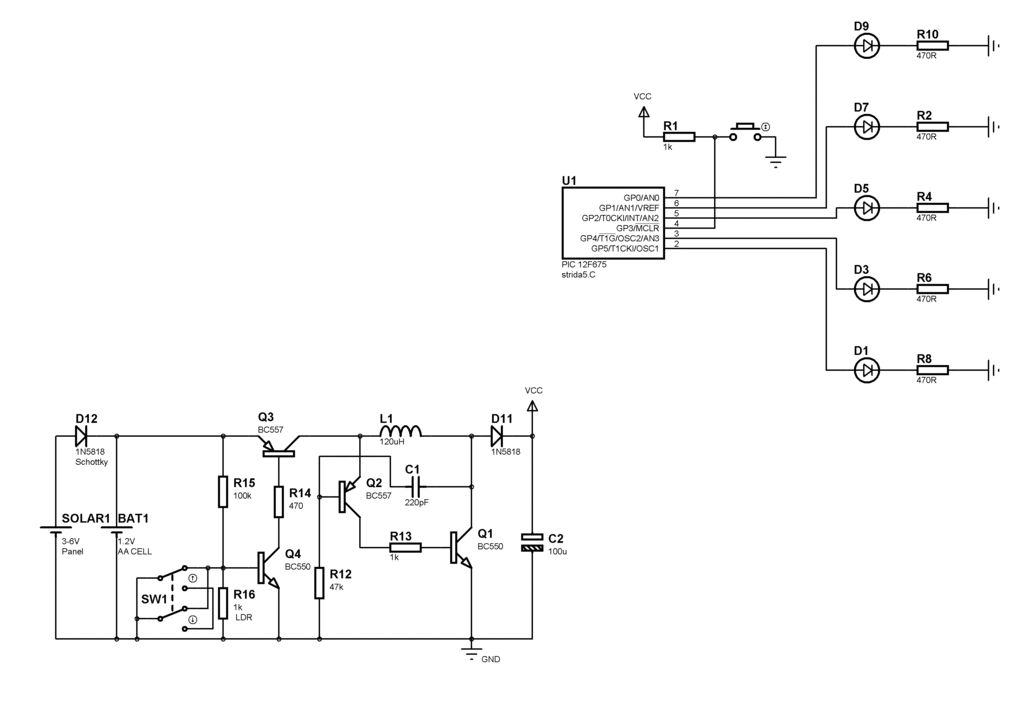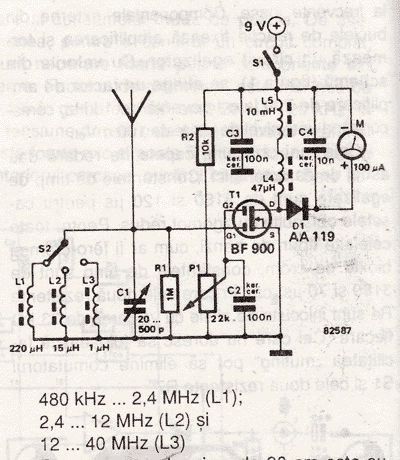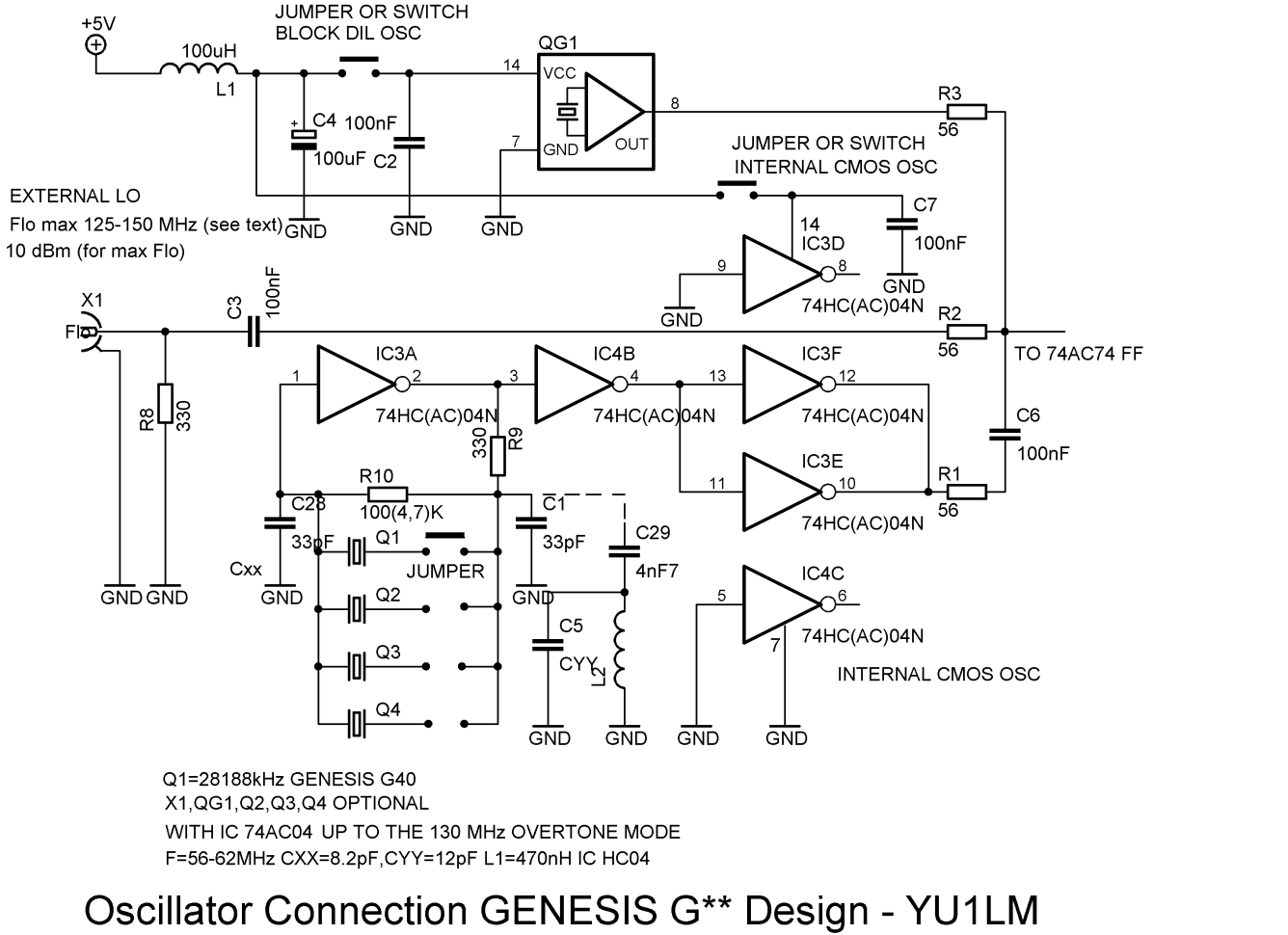
Old German radio with Tubes
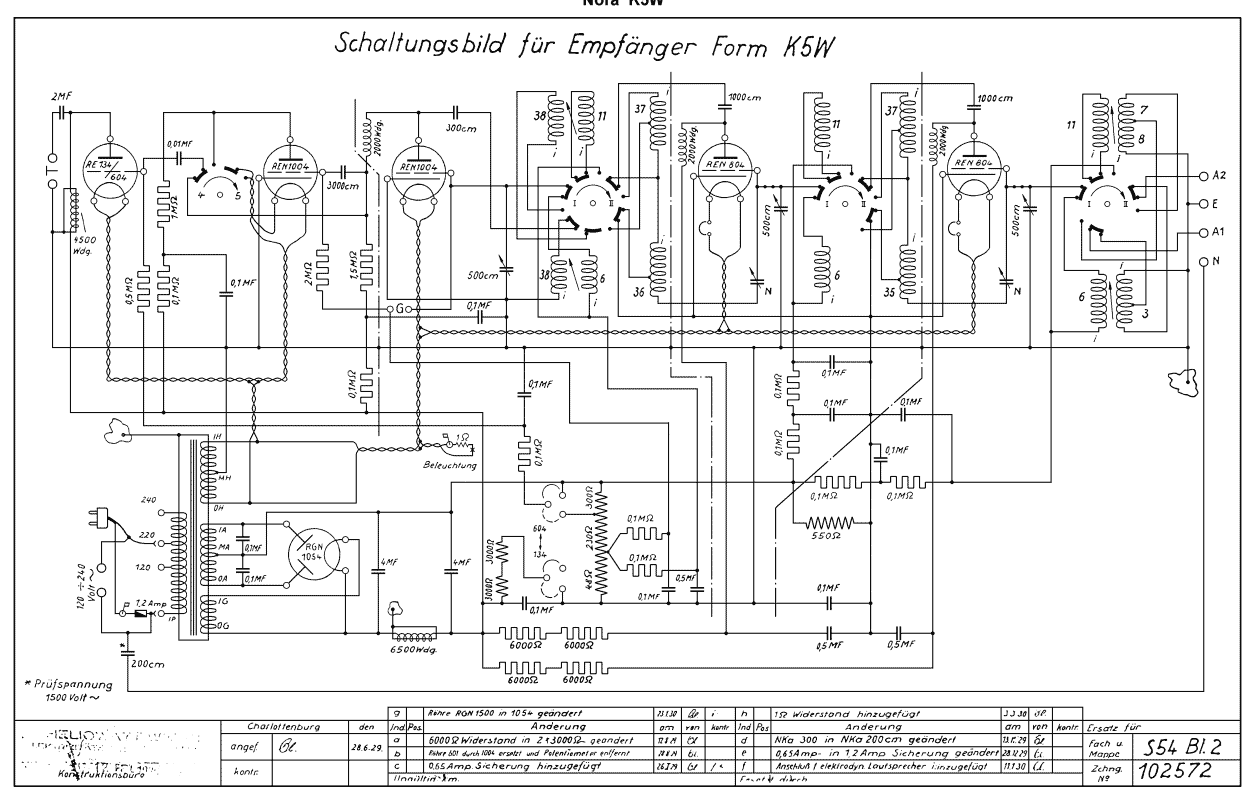
The Nora K5W is a German radio from about 1929/1930. It uses the tubes: 2x REN804, 2x REN1004, RE134 or RE604, RGN1054.
The Nora K5W radio receiver represents a significant piece of technology from the late 1920s, showcasing the early development of tube-based amplification and radio frequency reception. The design utilizes a combination of vacuum tubes, specifically 2x REN804, 2x REN1004, RE134 or RE604, and RGN1054, which are integral to its operation.
The REN804 tubes serve as the primary audio amplifiers, providing the necessary gain to ensure that the audio signal is sufficiently strong for driving the speaker. The REN1004 tubes function as radio frequency amplifiers, responsible for amplifying the weak radio signals captured by the antenna. The RE134 or RE604 tubes are typically used in the detector stage, converting the radio frequency signals into audio signals that can be further amplified.
The RGN1054 tube is likely employed as a rectifier, converting the alternating current (AC) from the power supply into direct current (DC) necessary for the operation of the other tubes. This configuration allows for a more stable and reliable operation of the radio, ensuring that the audio output remains clear and consistent.
The overall schematic of the Nora K5W would include an antenna input, a tuning circuit for selecting the desired radio frequency, and various stages of amplification leading to the output stage. The use of these specific tubes indicates a design that prioritizes both sensitivity in signal reception and fidelity in audio output, characteristic of radios from this era.
In summary, the Nora K5W is a well-engineered radio receiver that reflects the technological advancements of its time, utilizing a carefully selected array of vacuum tubes to achieve effective radio communication and audio reproduction.The Nora K5W is a German radio from about 1929/1930. Is uses the tubes: 2x REN804, 2x REN1004, RE134 or RE604, RGN1054. 🔗 External reference
The Nora K5W radio receiver represents a significant piece of technology from the late 1920s, showcasing the early development of tube-based amplification and radio frequency reception. The design utilizes a combination of vacuum tubes, specifically 2x REN804, 2x REN1004, RE134 or RE604, and RGN1054, which are integral to its operation.
The REN804 tubes serve as the primary audio amplifiers, providing the necessary gain to ensure that the audio signal is sufficiently strong for driving the speaker. The REN1004 tubes function as radio frequency amplifiers, responsible for amplifying the weak radio signals captured by the antenna. The RE134 or RE604 tubes are typically used in the detector stage, converting the radio frequency signals into audio signals that can be further amplified.
The RGN1054 tube is likely employed as a rectifier, converting the alternating current (AC) from the power supply into direct current (DC) necessary for the operation of the other tubes. This configuration allows for a more stable and reliable operation of the radio, ensuring that the audio output remains clear and consistent.
The overall schematic of the Nora K5W would include an antenna input, a tuning circuit for selecting the desired radio frequency, and various stages of amplification leading to the output stage. The use of these specific tubes indicates a design that prioritizes both sensitivity in signal reception and fidelity in audio output, characteristic of radios from this era.
In summary, the Nora K5W is a well-engineered radio receiver that reflects the technological advancements of its time, utilizing a carefully selected array of vacuum tubes to achieve effective radio communication and audio reproduction.The Nora K5W is a German radio from about 1929/1930. Is uses the tubes: 2x REN804, 2x REN1004, RE134 or RE604, RGN1054. 🔗 External reference

